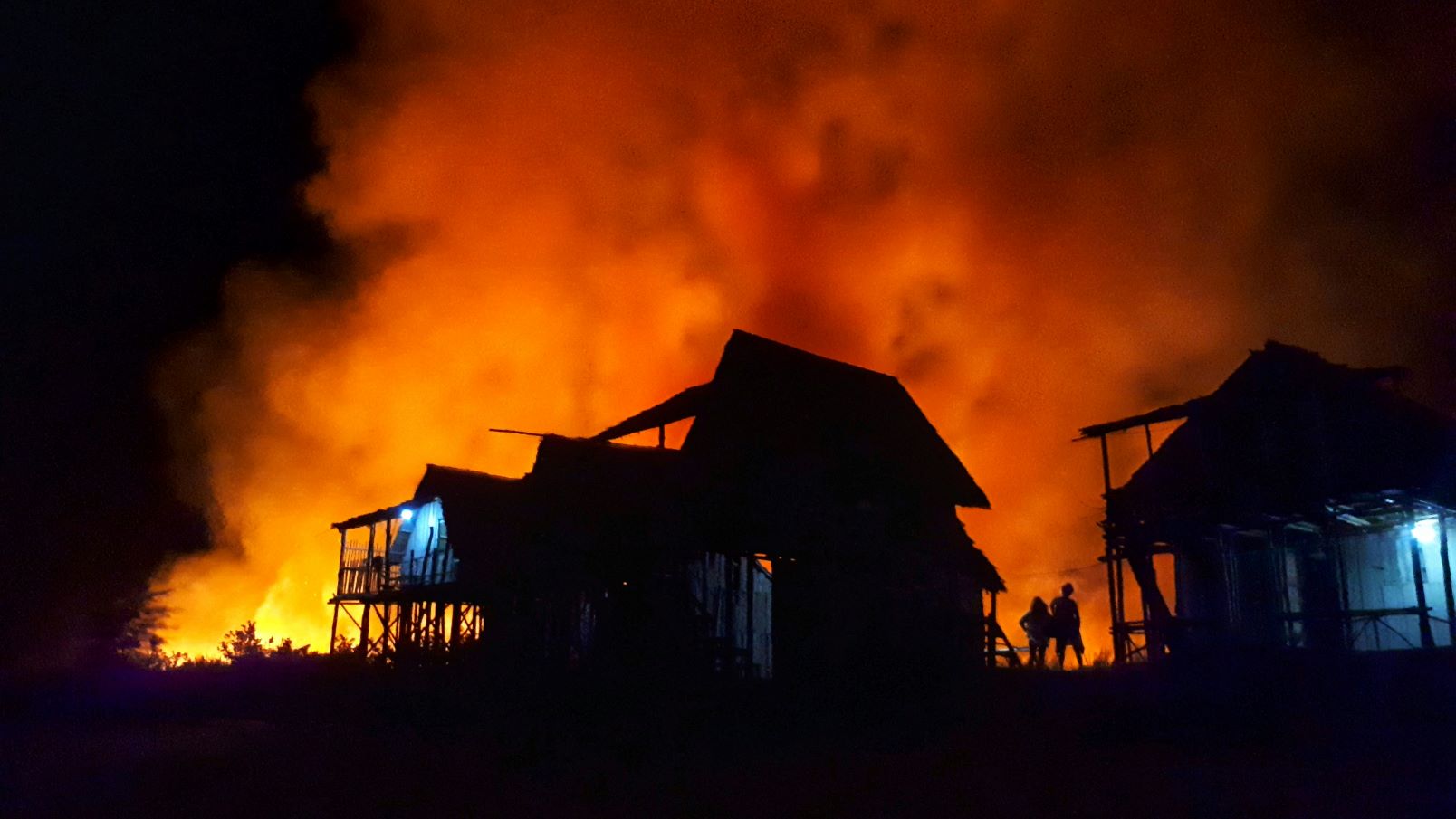

A Brutal Assault on Concrete


Toned image of modern office buildings in central Hong Kong.
PNBRC – February 27, 2019 – For the past two weeks the Guardian Newspaper has published a series of articles ostensibly to ‘celebrate the aesthetic and social achievements of concrete, while investigating its innumerable harms to learn what we can all do today to bring about a less grey world.’ The Series has been long on enumerating the evils of concrete and less enthusiastic about citing its achievements.
Throughout the succession of often caustically opinionated articles concrete stands accused of being the principal cause of overcrowding in cities, the genesis of brutalist buildings, the most prolific user of industrial water, a major contributor to respiratory diseases, and being the most abundant material choking our landfills from discarded demolition wastes.
It is also deemed as the material of choice for revolutionary change, and as the most destructive material on Earth it is tipping the world into climate catastrophe. For these reasons concrete must be avoided at all costs and replaced by less harmful alternatives, few of which are enumerated.
Yet sprinkled throughout the litany of concrete’s many failings are concessions to why it is the most abundantly used material in the world, second only to water, and how it has shaped every aspect of our lives. This is because it is readily available, infinitely malleable, strong and durable, and is the enabler of structures and related infrastructure that have improved the quality of life for countless millions.
In short, concrete is the foundation of modern civilization and the building block for human progress.
In this vein, various articles in the Series comment on the aesthetic achievements of concrete and give praise for its lasting beauty as typified by the ancient Roman structures that still stand today, and which are ranked more favourably than modern buildings composed of portland cement.
Little mention is made of the fact that the Romans had ready access to volcanic ash and salt water, two ingredients that made for highly durable concrete. Also, the Romans were not encumbered by building codes or labour shortages.
These concessions to concrete must be taken at face value as testaments to balanced journalism, an attribute The Guardian once enjoyed. So too the litany of concerns about the use and misuse of concrete must be viewed in a similar way, and where applicable lessons be drawn from it.
Much is made of the fact that making cement, the essential binding ingredient for concrete, is a carbon intensive process and a contributor to greenhouse gas emissions. The articles downplay or ignore the myriad innovations that are being tested and in many case operationally deployed to lower the carbon intensity of cement making, or even the elimination of cement itself for some forms of concrete, One might assume the authors were not fully aware of these facts.
Also given short shrift is the fact that carbon intensive cement is only a small part of finished concrete, or that when exposed to the atmosphere concrete absorbs CO2 through a process of carbonation, thereby offsetting much of the carbon emitted in the earlier stage of the process.
The fact that far too much concrete ends up in landfills is another important message coming from the Series. Most people in the construction industry agree with this and it is well recognized that recycled concrete is an extremely valuable resource that should not be wasted.
But this is not a failing of concrete. It is a failing of municipal regulation and of waste management, factors that can be easily rectified were the political will and economic payoffs present.
That some buildings are disappointingly grey and ugly also is not a failing of concrete – it may in fact be defined by limited architectural vision and design. Bad design and shoddy construction are not limited to concrete, just as failings in infrastructure such as bridge collapses and dyke breaches are not simply the fault of the material, but rather of its use and management.
The not too subtle message that permeate the Series, but which is not given its full due, is the fact that the need for durable buildings and climate resilient infrastructure is more urgent today than ever in human history. Because we are more cognizant of the challenges of our changing climate, and because we have more and better tools to avoid the errors of the past, we should not fear concrete nor too casually dismiss its contributions to our well being.
Leaving aside biased reporting and the perverse peccadilloes of certain authors, we must give credit where it is due. At least the articles have got us talking about what is right and what is wrong about concrete, and now we can move forward and deal with both sides of that equation.
Learn more about the Building Resilience Coalition here.
Recent Posts
Mobilizing Resilient Design and Construction
Implementing a multifaceted strategy can motivate state and local governments to prioritize resilient design and…
Insurance Pricing: Navigating a New Era of Risk
The growing frequency and severity of climate-related disasters present a significant challenge for the insurance…
Designing for Resilience … It’s A Must
We see far too often structures built to current code that lack planning and design…
What are the Real Benefits of Designing for Resilience
While designing for resilience requires initial investments, the long-term payoffs often far outweigh these costs.…
Reducing Disaster Risks and Protecting Insurability in the Pacific Northwest
Proactive measures to enhance resilience and preparedness are critical to mitigating insurability risks. This will…
How to Achieve More Resilient Building Codes
More comprehensive disaster prevention perspectives are needed to enable communities better to withstand the increased…


